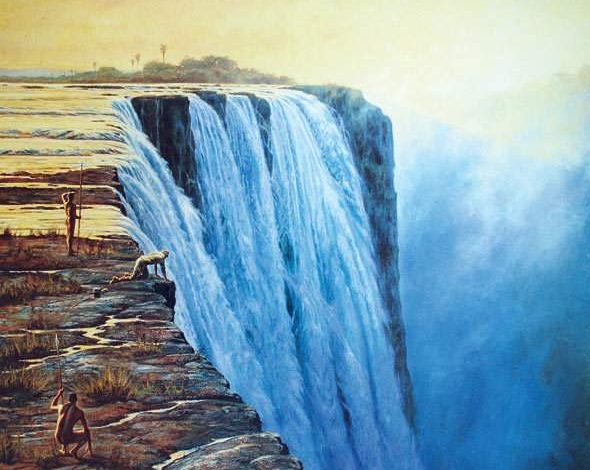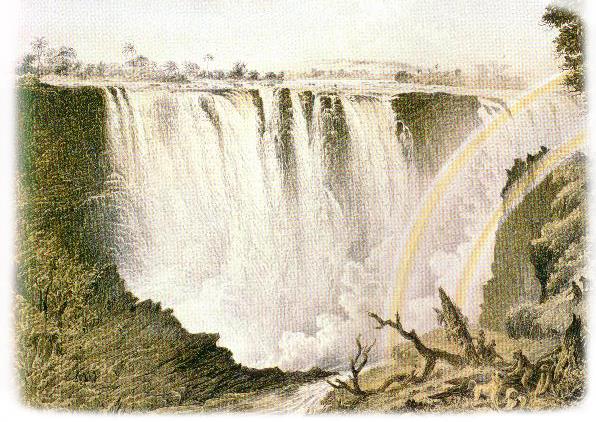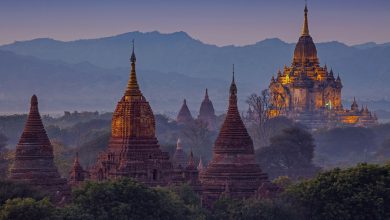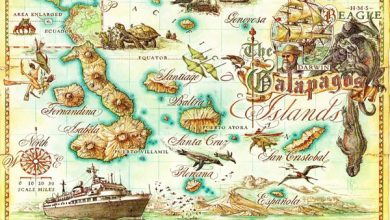Victoria Falls History.

Victoria Falls, discovered by David Livingstone in 1855, is one of the world’s largest waterfalls. It is located on the border between Zambia and Zimbabwe.
Victoria Falls, also known as Mosi-oa-Tunya, meaning “The Smoke That Thunders,” is a breathtaking natural wonder. The falls span approximately 1. 7 kilometers and plunge over 100 meters into the Zambezi Gorge. The sheer power and beauty of the falls have made them a UNESCO World Heritage Site.
They attract millions of tourists each year. The local indigenous tribes revered the falls long before European explorers arrived. Today, Victoria Falls is a vital part of the regional tourism industry, offering various activities such as bungee jumping, river rafting, and wildlife safaris. The falls continue to captivate visitors with their stunning views and rich history.

Credit: www.britannica.com
Ancient Origins
Victoria Falls is a natural wonder with a rich history. It has drawn people for thousands of years. This section explores the ancient origins of the falls. We will look at early inhabitants and cultural significance.
Early Inhabitants
The area around Victoria Falls has been home to people for over 3,000 years. Early inhabitants were hunter-gatherers who lived off the land. They used the river for fishing and the forest for hunting.
Archaeologists have found ancient tools and artifacts near the falls. These items show that the area was important for early communities. They also suggest that people visited the falls regularly.
Cultural Significance
Victoria Falls holds deep cultural meaning for local tribes. The Tonga and Lozi people have legends about the falls. They believe the falls are the home of spirits.
Local tribes perform rituals and ceremonies at the falls. These practices honor the spirits and seek blessings. The falls are a sacred place for many people.
Victoria Falls is not just a natural wonder. It is a site rich in history and culture. Its ancient origins make it a special place for many.
European Discovery
The history of Victoria Falls is rich and fascinating. The falls were known to local tribes long before Europeans arrived. The first European to record the falls was David Livingstone. His discovery changed the world’s view of this natural wonder.
David Livingstone’s Journey
In 1855, David Livingstone embarked on an epic journey. He traveled through Africa, exploring the unknown lands. He sought to understand the African continent. One day, he heard about a magnificent waterfall. His curiosity led him to the Zambezi River.
On November 16, 1855, Livingstone reached the falls. He was in awe of the sight. He described the falls as the most wonderful he had seen in Africa. Livingstone’s journey brought Victoria Falls to the attention of the world.
Naming Of Victoria Falls
Upon seeing the falls, Livingstone decided to name them. He chose to honor Queen Victoria of Britain. Thus, the falls became known as Victoria Falls. The local name for the falls was “Mosi-oa-Tunya,” meaning “The Smoke That Thunders”.
Livingstone’s naming of the falls marked a significant moment. It was a blend of local and European cultures. The name Victoria Falls remains today, attracting visitors worldwide.
| Event | Details |
|---|---|
| David Livingstone’s Journey | Explored Africa, reached the falls in 1855 |
| Naming of Victoria Falls | Named after Queen Victoria, also known as “Mosi-oa-Tunya” |
Colonial Era
The Colonial Era marked a significant period in the history of Victoria Falls. European explorers and settlers arrived, and their presence brought substantial changes. This era saw the exploitation of natural resources and the establishment of trade routes.
Economic Impact
The economic impact of the colonial era on Victoria Falls was immense. The British South Africa Company played a pivotal role. They invested heavily in infrastructure development. Railways and roads were constructed to facilitate trade.
The exploitation of natural resources led to increased revenue. Local communities saw changes in their livelihoods. Traditional economies were disrupted by colonial practices. The new economic activities favored the settlers more.
| Economic Activity | Impact |
|---|---|
| Railway Construction | Boosted trade and transport |
| Resource Exploitation | Increased revenue for settlers |
| Local Trade Disruption | Negatively affected local communities |
Tourism Beginnings
The colonial era also marked the beginnings of tourism at Victoria Falls. Europeans were captivated by the majestic waterfalls. They started visiting the area for leisure and exploration.
Hotels and lodges were built to accommodate visitors. The tourism industry began to take shape. Marketing efforts promoted Victoria Falls as a must-see destination. Guides and tours became more organized, catering to the influx of tourists.
- Construction of hotels and lodges
- Marketing of Victoria Falls as a tourist destination
- Organized tours and guides for visitors
Tourism provided a new source of income for the region. Local economies started benefiting from the influx of tourists.

Credit: en.wikipedia.org
Modern Developments
Victoria Falls has seen many changes in recent years. These changes aim to improve the area while preserving its natural beauty. Let’s dive into some of the key modern developments.
Conservation Efforts
Conservation efforts have become crucial to protect Victoria Falls. Many organizations work to maintain the ecosystem. They focus on preserving wildlife and plant species. Efforts also include combating illegal poaching.
Environmental education programs are also in place. These programs teach local communities the importance of conservation. They emphasize sustainable practices to ensure a balanced ecosystem.
A table summarizing key conservation activities:
| Activity | Purpose |
|---|---|
| Anti-Poaching Patrols | Protect wildlife from illegal hunting |
| Reforestation | Restore natural habitats |
| Community Education | Promote sustainable practices |
Tourism Today
Today, Victoria Falls is a major tourist attraction. It draws visitors from around the globe. Many come to witness the stunning waterfalls.
Tourism services have improved significantly. Visitors can enjoy guided tours, boat rides, and more. The infrastructure supports a comfortable stay for tourists.
Here are some popular activities:
- Helicopter rides over the falls
- Bungee jumping from the Victoria Falls Bridge
- Walking safaris to spot wildlife
Local businesses thrive due to tourism. Hotels, restaurants, and shops see a boost in revenue. This economic growth helps the local community.

Credit: www.zambiatourism.com
Frequently Asked Questions
What Is The History Of Victoria Falls?
Victoria Falls was discovered by David Livingstone in 1855. It has been a significant cultural site for centuries.
Who Discovered Victoria Falls?
David Livingstone, a Scottish missionary and explorer, discovered Victoria Falls in 1855. He named it after Queen Victoria.
Why Is Victoria Falls Significant?
Victoria Falls is one of the largest and most famous waterfalls in the world, attracting tourists and researchers alike.
How Did Victoria Falls Get Its Name?
David Livingstone named the falls after Queen Victoria of Britain, honoring her during his exploration in 1855.
Conclusion
Victoria Falls boasts a rich history that captivates all who visit. From ancient explorers to modern-day tourists, its allure remains timeless. This natural wonder continues to amaze with its stunning beauty and cultural significance. Visiting Victoria Falls offers a unique glimpse into both history and nature, making it an unforgettable experience.



